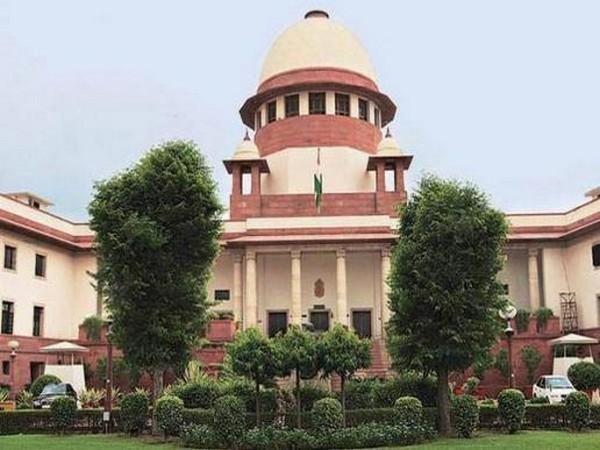New Delhi: Following Karnataka Governor Vajubhai Vala’s invitation to the Bharatiya Janata Party (BJP) to form the government in the state on Thursday, the Supreme Court heard an argument for and against the petition filed by Congress and Janata Dal (Secular). The apex court on Friday, however, has called B.S. Yeddyurappa to prove his majority in the state assembly on Saturday at 4 pm.
Former Attorney General Mukul Rohatgi, who is appearing on behalf of the BJP, had requested the top court for time till Monday for the floor test, however, his request was rejected. Meanwhile, Abhishek Manu Singhvi, the lawyer for the Congress-JD(S) alliance, submitted to the Supreme Court that they are ready for a floor test. However, he sought protection of all MLAs appearing for the same.
What is a floor test:
The chief minister appointed by the governor can be asked to prove his majority in case of doubt. In case if the majority is questionable the governor may ask the CM to prove his majority in the House.
Congress files petition:
Despite Congress and JD-(S) forming a quick alliance and being in a strong position to form the government with enough seats together (115), Vala on Wednesday went on to invite the BJP to form the new government, which led to the Congress filing a plea in the Supreme Court, which led to a rare midnight hearing by the three-judge bench of justice A.K. Sikri, justice S.A. Bobde and justice Ashok Bhushan. However, the court did not stay the oath ceremony and BJP candidate Yeddyurappa sworn in as the CM on Thursday.
Also Read: Karnataka Governor Vajubhai Vala: Former RSS worker, Modi’s former colleague
The past experiences:
If take a look at the last three years of elections in Bihar, Manipur, Goa and Meghalaya, the single largest parties did not always form a government.
In Bihar Assembly election in 2017, Nitish Kumar’s JD(U) and Lalu Prasad’s RJD made an alliance with the Congress and defeated the BJP. The coalition, however, did not last long after CM Nitish Kumar broke the alliance and formed a government with BJP in 2017.
During Assembly elections in Manipur last year the BJP stood second with 21 seats to the already ruling Congress, that bagged 28 seats. Despite losing 7 seats the BJP formed the government with support of regional parties, the Naga People’s Front (NPF) and the National People’s Party (NPP).
While in Goa Assembly elections last year, Congress emerged as single-largest party with 21 seats in the 40-seat House; But, BJP after making an alliance following the polls, formed the government.
A similar case had happened in Meghalaya, the BJP with just two seats outnumbered the seats of Congress by making an alliance and securing the support of 34 legislators to form the government.
(With ANI and CNN-News18 inputs)

